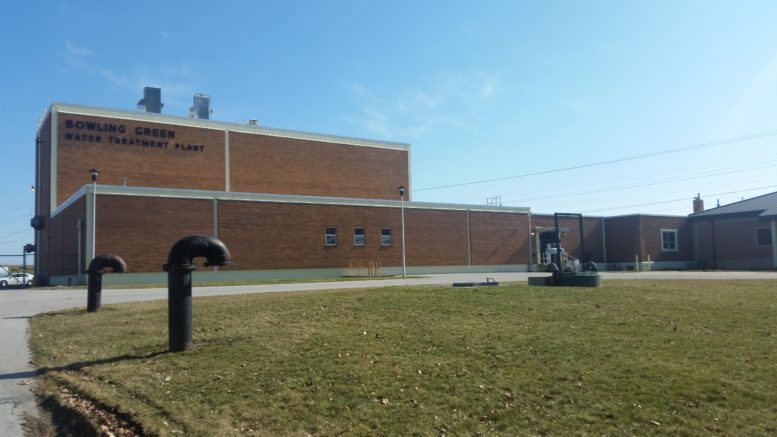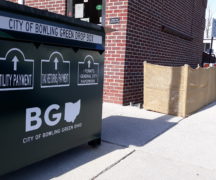By JAN LARSON McLAUGHLIN
BG Independent News
Bowling Green plans to spend $288,288 this year to continue keeping harmful algae blooms from the city’s drinking water.
The Board of Public Utilities voted Monday evening to approve plans to replace the water treatment plant’s reverse osmosis membranes.
The membranes need to be replaced about every five years, according to Brian O’Connell, director of the city’s public utilities. And as anticipated, the water treatment plant staff has seen a reduction in the performance of the reverse osmosis, which includes changes in water quality and more frequent cleanings, he said.
“This is to deal with any harmful algae blooms that may occur,” O’Connell explained.
The membranes are critical since they provide the barrier for removing contaminants such as microcystin from harmful algae blooms. Algae typically starts to form in the reservoir in May, and is at its peak from June through September.
O’Connell said he is hoping City Council will expedite the approval of the new membranes so the plant has the best treatment system in place this summer.
“The new membranes are more reliable,” O’Connell said.
The utilities office recommended replacing the membranes through the same manufacturer, Toray, that was originally approved by the Ohio EPA. Using the same manufacturer will ensure water quality is reliable, plant capacity is maintained, and the plant staff is already familiar with the equipment, O’Connell said.
The membranes will cost $288,288, and installation is anticipated to be less than $50,000.
Toray will need 12 to 14 weeks to manufacture and ship the reverse osmosis membranes to the water treatment plant.
Staff requests that City Council have one reading on Feb. 21 and two readings on March 7, including an emergency clause. This would allow the city to issue a purchase order with Toray on March 8 and possibly receive shipment in late May. According to O’Connell, the city plans to have a contractor ready to install the membranes when they arrive on site.





